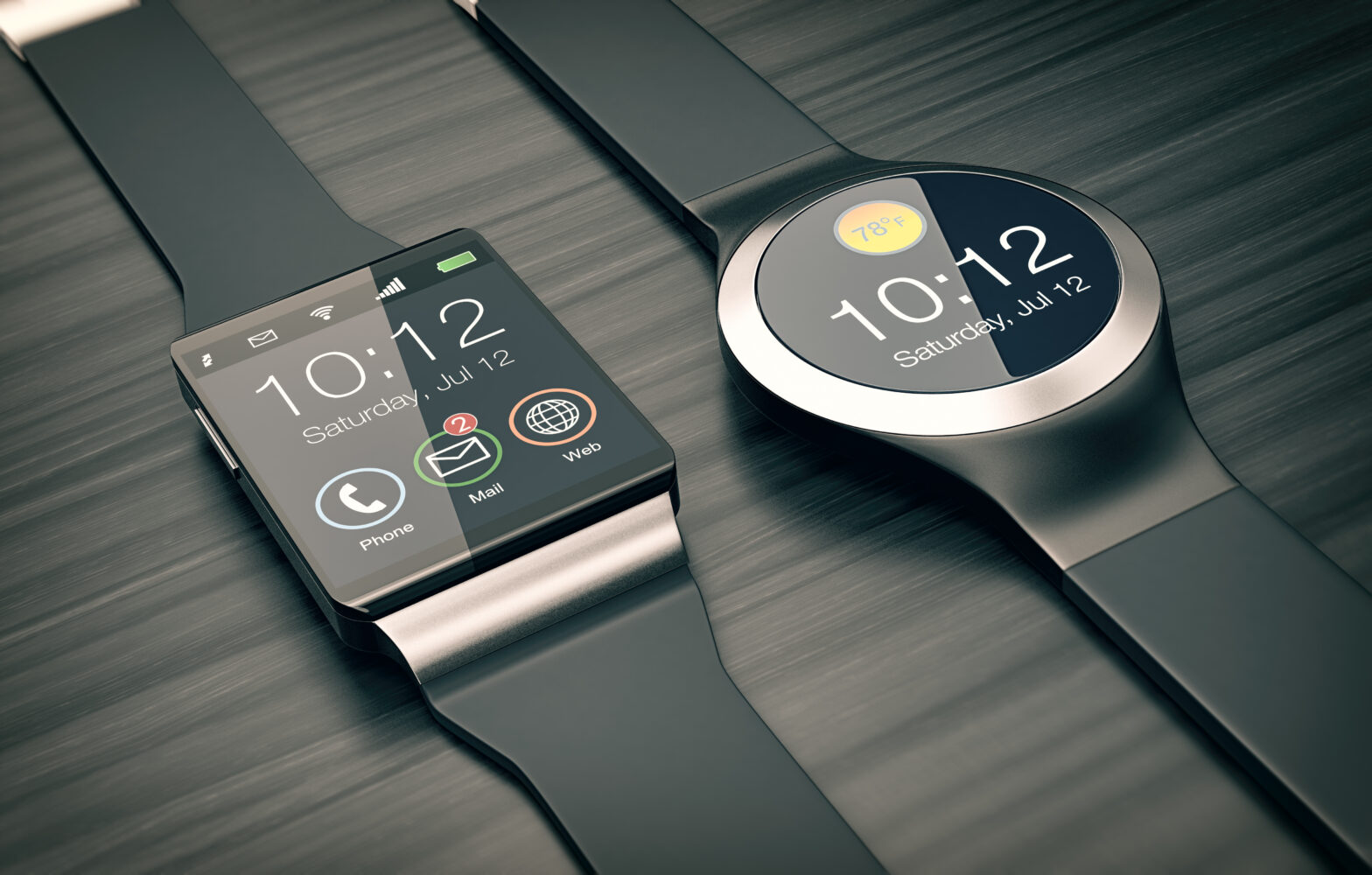The wearables market is one of the most discussed industries today. Not only is this space wide ranging with uses spanning across consumer and business markets, it’s also set to be incredibly lucrative.
In fact, although initially thought of for being a ‘fun’ consumer-oriented market, wearables are having a marked impact on a wide range of industries, with many seeing it as an exciting business opportunity.
According to IDC, the worldwide wearables market has shown positive shipment growth at 10.3% year over year, reaching 26.3 million during the second quarter of 2017 alone and it’s only likely to grow. To this end, CCS Insights predicts that the wearables market could be worth as much as $20 billion by 2020.
>See also: The future of wearables
Examples of wearables can be seen everywhere, from Samsung’s recent launch of their Electronic Connect Tag, allowing consumers to keep track of their loved ones and possessions, to Vodafone’s smartwatch app, a sophisticated pacemaker for elite runners, helping athletes develop winning marathon strategies.
But for wearables to work they have to be incredibly power-efficient, to minimise the need to replace or recharge batteries. Additionally, wearables need to be fully mobile, so they can track the wearer’s location and status both inside and outside of the home, without relying on nearby hubs or phones to communicate data.
With these challenges in mind, what’s the technology available to ensure the huge market opportunity for wearables is captured?
Mobile matters
LPWA networks are an emerging, fast growing area of the Internet of Things (IoT) that complement and extend conventional wide area networks that make use of 2G and 4G cellular technologies. Unlike their conventional counterparts, LPWA networks are specifically designed for low cost applications. They have low data rates, long battery lives, long reach and operate in remote or hard to reach locations.
>See also: The future of tech in healthcare: wearables?
The potential benefits of LPWA networks to wearables therefore, are significant. According to Machina Research, this technology increases a wearables’ battery life fivefold, in comparison to conventional 2G, 3G and 4G cellular connectivity, and supports connectivity in places uncovered by conventional networks. Additionally, using LPWA enables an increase in the number of sensor readings transmitted, providing more relevant, accurate analytics.
Dublin City Council (DCC) for example, are capitalising on this new technology within their smart city initiative. Here, Voguetek, an Irish SME is working in partnership with DCC to develop low-cost, connected sensors that will use the new NB-IoT network to report potential gully blockages before they become a flood hazard or risk.
Another example of this in practice can be seen in South Korea. KT has been piloting the use of NB-IoT to connect safety jackets for hikers. The jacket can monitor a hiker’s vital health signs and send the data to a mountain rescue centre in the event of an accident or illness. The pilot is designed to explore whether NB-IoT is efficient and reliable enough to deliver the key information required to respond to accidents in regions that lack sufficient coverage from the existing cellular network.
>See also: Businesses are missing a trick when it comes to wearable’s data
KT is assessing the coverage extension and power consumption delivered by NB-IoT compared to conventional LTE. It is particularly important that the connected device has sufficient power to relay information until the casualties can be rescued.
As the technology within wearables continues to grow and evolve, so too does the way in which they are used. As these advances continue, mobile operators will form a big part of the story, providing the solutions to cater to the growing needs of the wearables industry.
As wearables become further embedded into industries like healthcare and sports, where real time updates are essential, the need for a network that fulfils these requirements is only likely to grow, making LPWA networks and the wearables industry a winning combination.
Sourced by Dr Shane Rooney, executive director at the GSMA










